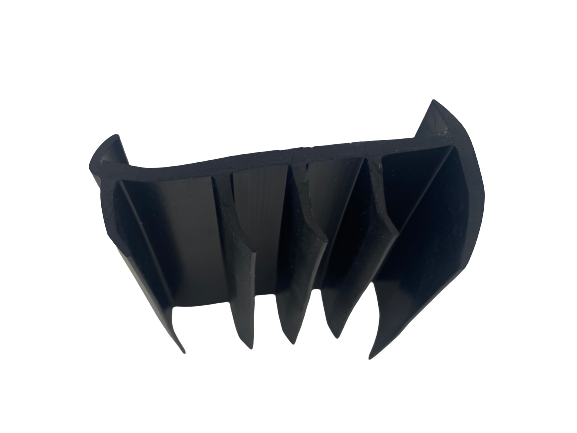Nov . 04, 2024 16:37 Back to list
Durable Rubber Door Seal for Enhanced Energy Efficiency and Noise Reduction
The Importance of Bottom Rubber Door Seals
In the realm of home improvement and energy efficiency, often overlooked components can make a world of difference. One such component is the bottom rubber door seal. This seemingly simple item plays a vital role in enhancing the comfort of your living space, improving energy efficiency, and prolonging the lifespan of your doors.
What is a Bottom Rubber Door Seal?
A bottom rubber door seal is a strip of rubber that is installed at the bottom edge of a door. It functions as a barrier that prevents drafts, dust, water, and unwanted pests from entering your home. The seal compresses against the floor when the door closes, creating a tight fit that minimizes gaps between the door and the floor surface.
Energy Efficiency
One of the most significant benefits of installing a bottom rubber door seal is energy efficiency. Homes typically lose a considerable amount of heat through gaps around doors. This energy loss forces heating and cooling systems to work harder to maintain a comfortable temperature, leading to higher energy bills. By effectively sealing these gaps, bottom rubber door seals help to keep the indoor environment stable, reducing the need for excessive heating in winter months and cooling in summer.
Enhanced Comfort
Nobody wants to live in a drafty home. Drafts can make a space uncomfortable, particularly in colder months. A bottom rubber door seal acts as a barrier against chilly winds, ensuring a more stable and enjoyable indoor environment. This added comfort is particularly beneficial for homes with older doors that may have warped or developed gaps over time.
bottom rubber door seal

Noise Reduction
In addition to their insulative properties, bottom rubber door seals also provide a measure of soundproofing. By sealing the gap at the bottom of the door, they can help reduce the noise that enters from outside or travels between rooms. This is particularly valuable in urban environments or in households with multiple family members where privacy and quiet can sometimes be at a premium.
Easy Installation and Versatility
Installing a bottom rubber door seal is typically a straightforward DIY task. Most seals come with adhesive backing or require just simple tools, like a screwdriver or a utility knife, for installation. They can be easily cut to fit doors of various sizes, making them a versatile choice for any home. Whether it’s an exterior door, interior door, garage door, or sliding door, there’s a rubber seal suited for the job.
Durability and Maintenance
Bottom rubber door seals are designed to withstand the elements. Made from durable materials, they can resist wear and tear from frequent use and exposure to weather conditions. Regular checks are essential to maintain their functionality; however, they typically require minimal maintenance. If they become damaged or worn, replacing them is a simple task that can restore the door’s sealing properties quickly.
Conclusion
In summary, bottom rubber door seals may appear to be a minor detail in home construction or renovation, but their benefits are substantial. From enhancing energy efficiency and improving comfort to providing soundproofing and pest protection, these seals play a critical role in maintaining a pleasant living environment. Easy to install and maintain, they represent a small investment that yields significant dividends in both comfort and cost savings over time. Whether you are upgrading your home or simply looking to enhance its efficiency, don’t underestimate the importance of bottom rubber door seals—they are a key component in creating a better living space.




